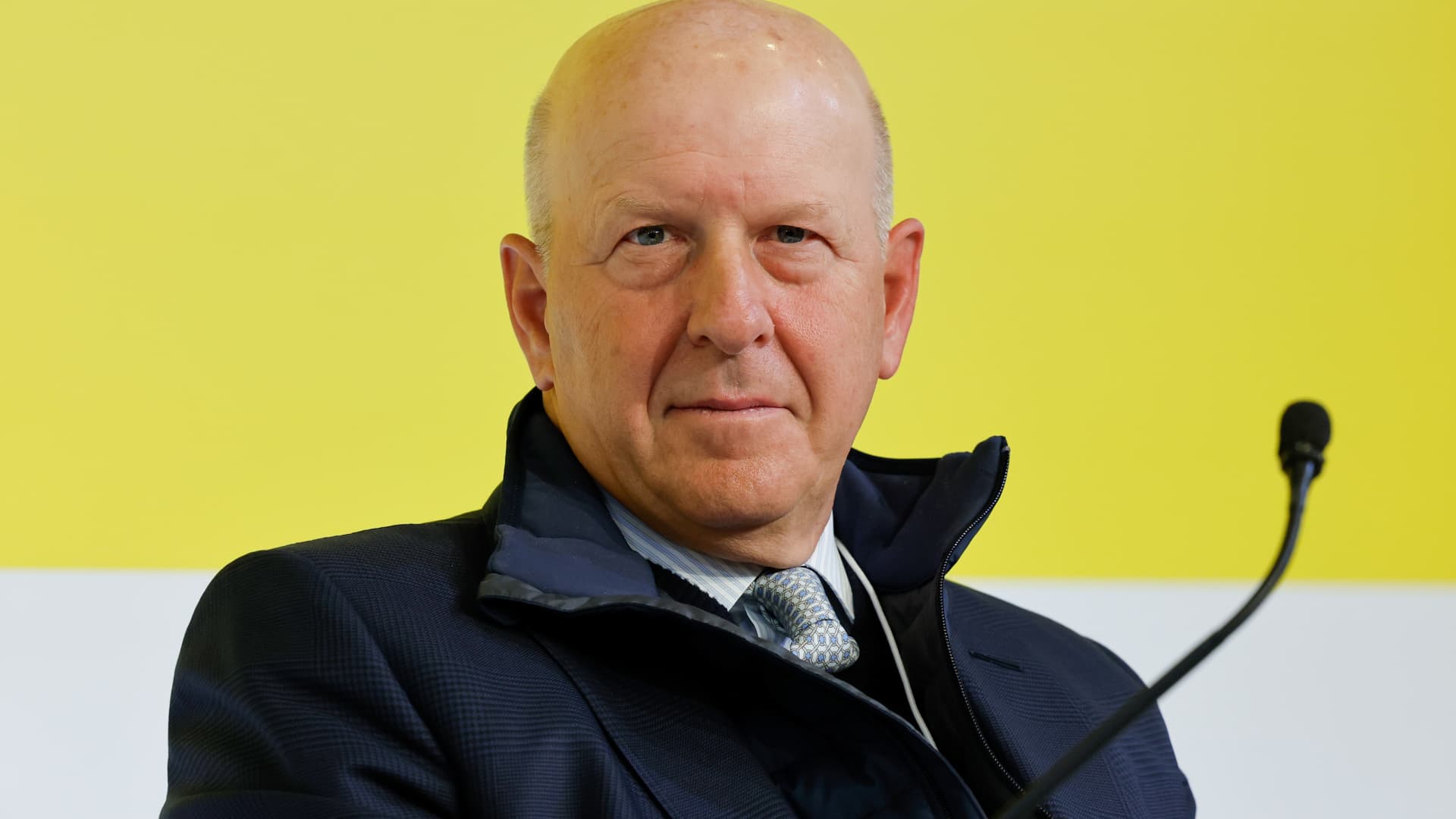It may have a new number in the name, but Apple’s new iPhone 13 looks more like one of the company’s “S” models than anything else.
Apple has released iPhone models on a tick-tock cycle for most of the product’s existence. The “tick” years typically offer new designs and fresh features, and the “tock” years keep things mostly the same, but with improvements to things like speed and battery life. (Those are the “S” models.)
But the iPhone 13 was revealed on Tuesday, instead of an iPhone 12S, with just incremental upgrades over last year’s model. That explains why Apple spent so much of the presentation talking about features like battery life and improvements to the camera. There wasn’t much else new over last year’s model to brag about.
You’ll see a lot of commentary flying around this week about how the iPhone 13 is boring, lackluster or just a minor upgrade over last year’s model. There’s a lot of truth to that. But it also ignores the reality of where we are in smartphone technology.
Everyone from Apple to Samsung to Motorola has come to the point where it takes more than just a year to develop a key, breakthrough feature. And that’s OK for the vast majority of their customers. Smartphones have gotten so good that people can keep them for three years or more without feeling behind. So even if a new model feels like a minor upgrade from the year before, that upgrade is a lot more significant to someone using a model that’s three or four years old.
A lot of the data appears to back that up. Analysts at Wedbush predicted Tuesday that Apple is still in the middle of its “super cycle” of iPhone sales that kicked off last year with the iPhone 12, which introduced new features like a fresh design and 5G cellular data connections.
“Apple remains in the midst of its strongest overall product cycle in roughly a decade,” Wedbush analyst Dan Ives wrote in a note to investors Tuesday. He added that there are an estimated 250 million iPhone owners with models over three years old.
That’s a massive pool of potential customers ready for an upgrade.
The lesson: If you’re going to evaluate a new iPhone and what it means for sales, it’s important to zoom in and look at the last few years instead of comparing it to the previous year’s model. That’s what the customers who are actually going to buy these things will be doing.



